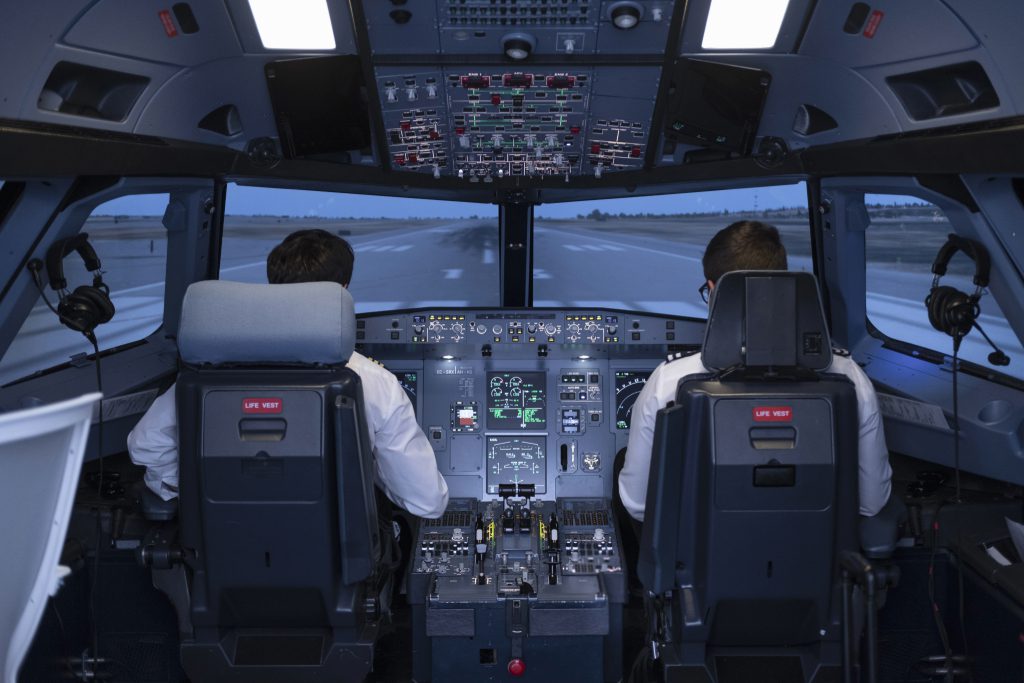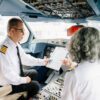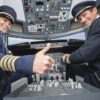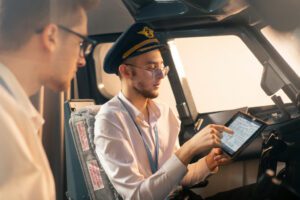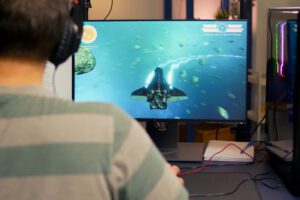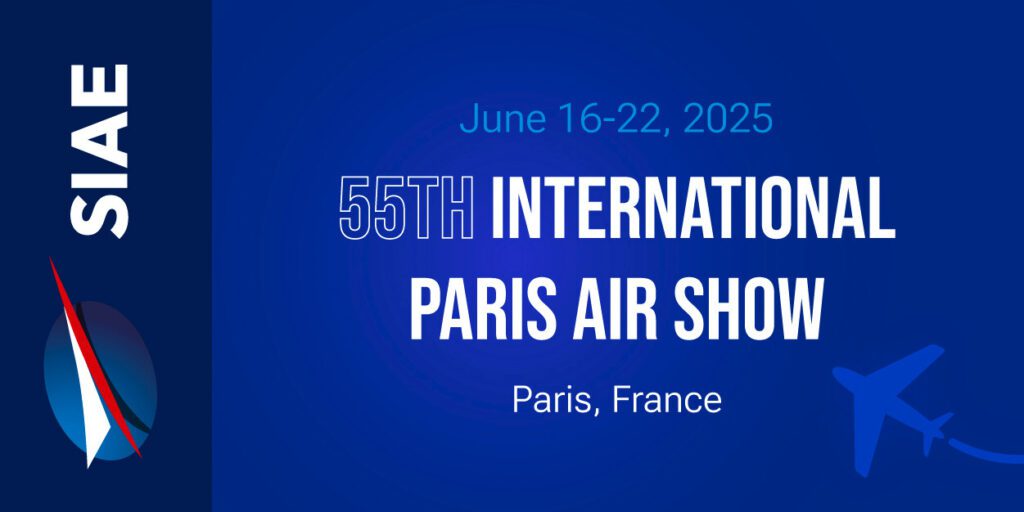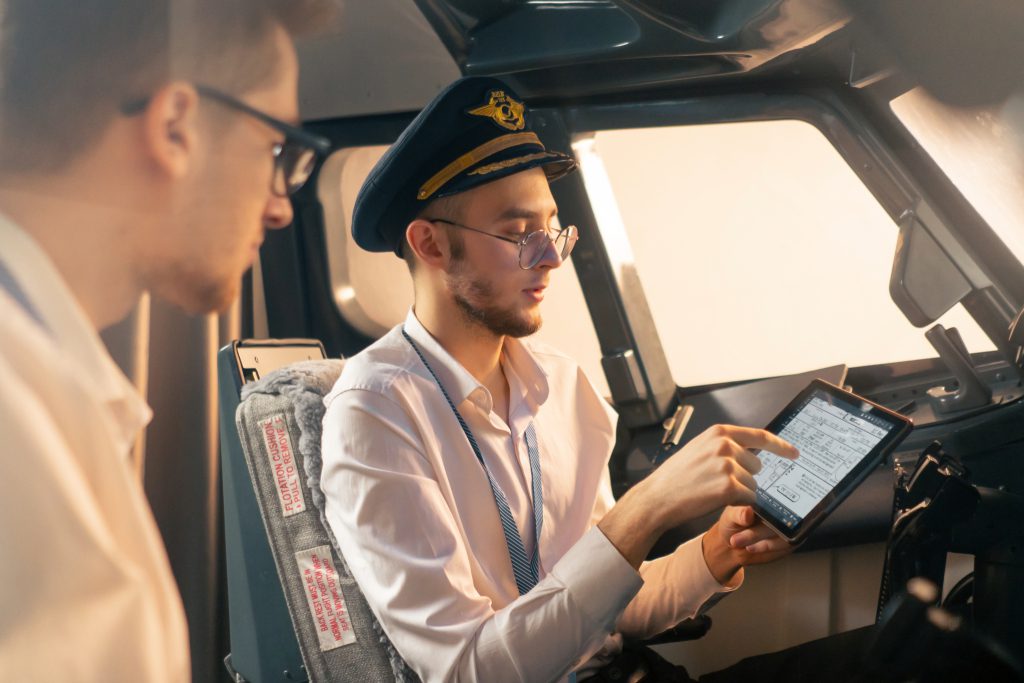Upset Prevention and Recovery Training (UPRT) is more than just theory and a mechanical approach of Upset Prevention and Recovery Training (UPRT). It pushes the normal operational boundaries, training pilots to recover from unusual attitudes. Modern UPRT systems include prevention and recovery, both of which require hands-on training, which involves training in the cockpit for emergencies emphasizing the ability to make quick decisions for pilot safety.
Hands-On Training in UPRT
Flight instructions in the past placed a lot of emphasis on procedures as well as simulators, nevertheless in the last years of flight accidents, there has been an active push towards a practical approach. Simulator and class sessions are important in laying the foundation for the concepts and theory, but emergency modes on actual flight training give the pilots the application and reasoning to act when faced with circumstances.
The purpose of hands-on training in Upset Prevention and Recovery Training is not only to teach how to recover from unusual situations but also to understand the context in which these upsets occur. This training also highlights the need to use the right technique in the recovery phase so that inappropriate actions do not make the problem worse.
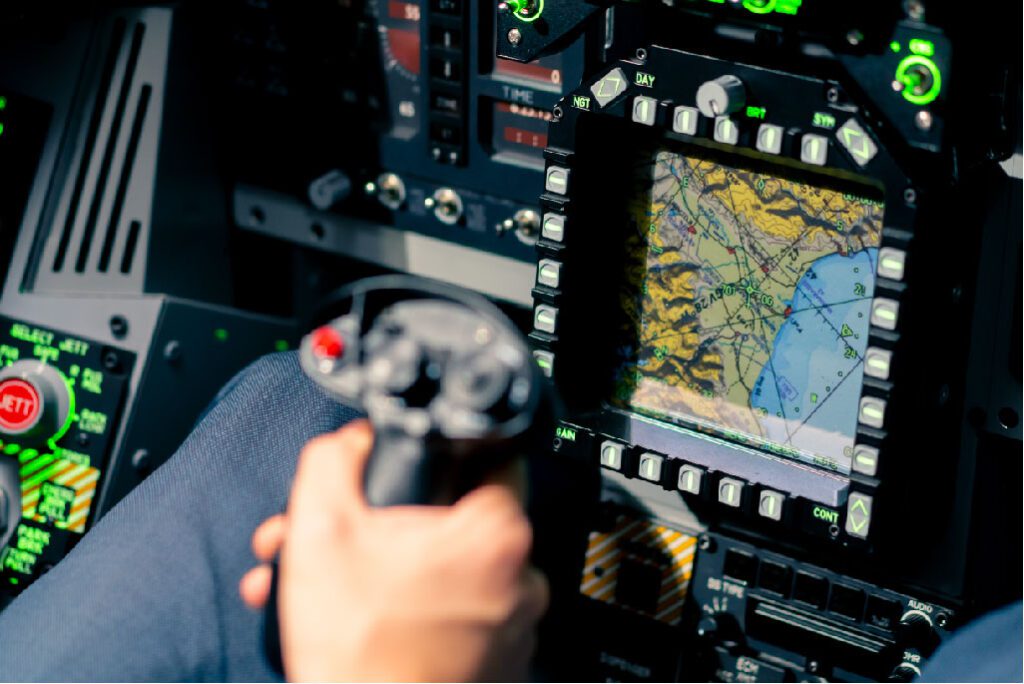
Prevention Over Recovery
Though recovery techniques are important, it is important to note that the goal of every flight exercise is to ensure safety, so, prevention is the primary aim. As such, UPRT’s attention goes to those factors that lead to upsets, for example, unfavorable weather conditions, unawareness, and improper technique of operation. By of active training scenarios, pilots learn to manage and intervene risks before they become extreme circumstances.
With the knowledge of the aerodynamic principles, errors that are likely to result in upsets can be avoided. This training develops situational awareness and management skills to prevent unusual attitudes, stalls, and loss of control. Thirdly, Upset Prevention and Recovery Training psychometrically trains pilots to anticipate the potential loss of control cues, and environment and make inputs early.
Simulation and Real-World Application
While simulators provide a safe space to practice these maneuvers in a controlled, cost-effective environment, the addition of actual flight training in specialized aircraft adds a dimension that is impossible to replicate in a simulator. When pilots experience upset conditions firsthand, they gain a visceral understanding of how their aircraft behaves in extreme situations. This tactile experience is invaluable when dealing with the stress of real-world emergencies.
Nonetheless, it is important for the complete safety program to include both flight simulation training and practical flight training as well. Simulators and flight training can make recovery procedures, including maneuvers that cause disturbances, more realistic. The latter ensures pilots practice and apply their skills when an unexpected event occurs.
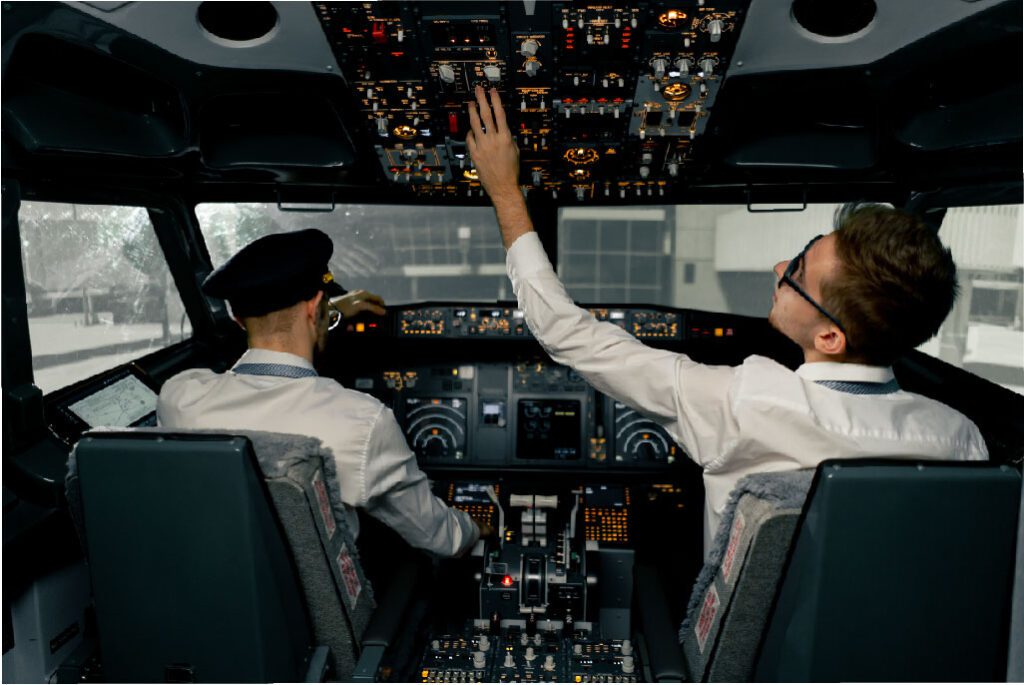
Requirement of Technical and Cognitive Skills
UPRT training does not only consist of actions, some sequences involve a mental state of being. There are very high chances that a pilot has to perform the actions under very hardcore status and maintain the structure of the maneuvers providing the right restore under such conditions. The combination of cognitive and technical skills that assist in averting loss of control in flight (LOC-I), which is ranked as the 1st major cause of aviation-related incidents.
The focus on developing cognitive awareness alongside technical proficiency stands out. Pilots learn to recognize their and the aircraft’s limits, knowing when to intervene and when to trust automation. UPRT also fosters the ability to recover from a wide range of upsets, from nose-high to nose-low attitudes, which can occur in unexpected situations, including turbulence, wake turbulence, and even in extreme weather conditions.
Conclusion about UPRT
As far as now the combination of the theoretical and practical part of the training activity is key in the present-day aviation practice. Through the integrative principle, it is best that fighters are trained on the danger’s prevention and recovery so that they not just understand what ought to be carried out during a crisis, but that they are prepared to ensure that a crisis does not arise at all. UPRT programs by bringing together cognitive, psychomotor, and operational aspects of training equip the combat pilots with the essential prerequisite towards enhanced safety and managing the loss of control in flight. Not only would such a combination improve the performance of the pilots, it would in the long run ensure that all go to a place where everybody is at a decreased risk. For further information about UPRT visit the website of EASA.

